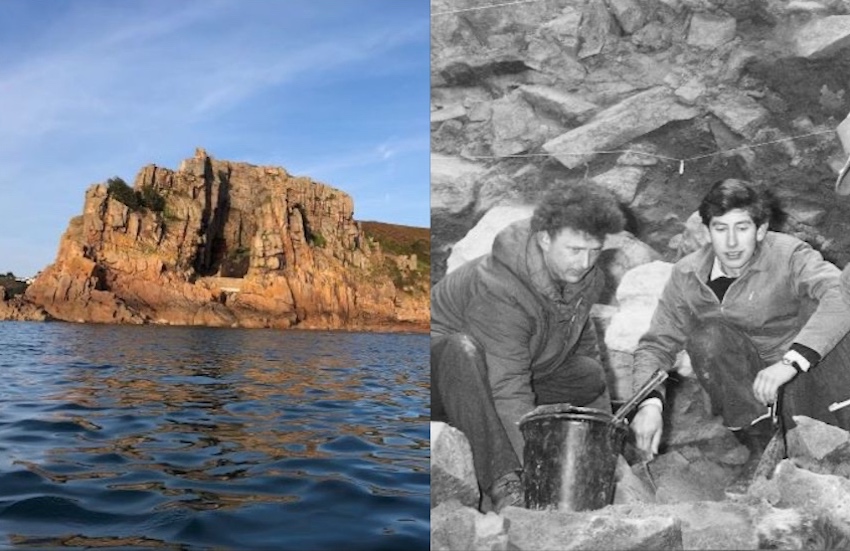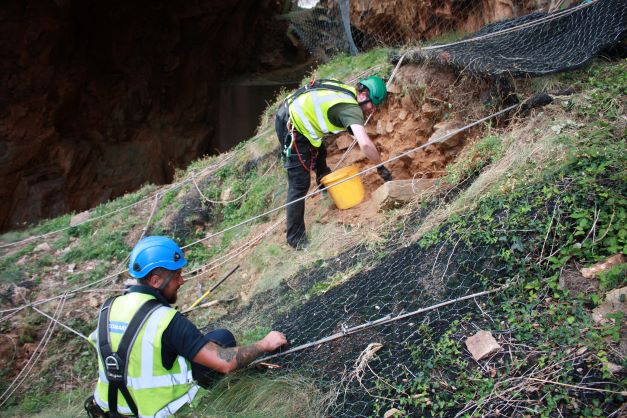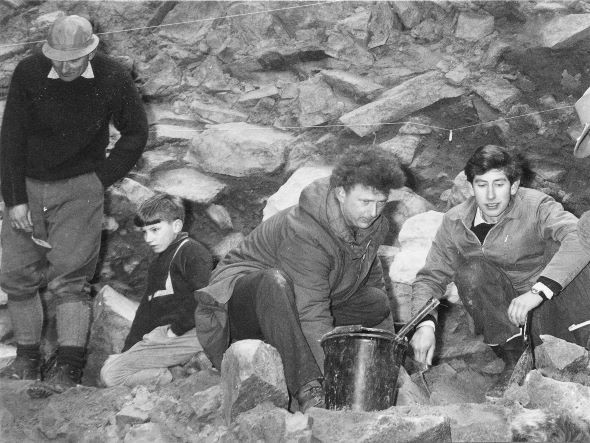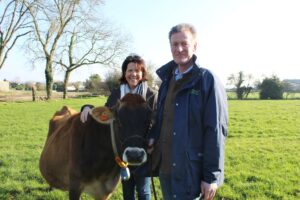
Prince Charles has become the patron of Jersey Heritage’s restoration project at La Cotte de St Brelade – half a century after His Royal Highness excavated the site as a student.
The charity said the patronage was a ‘tremendous boost’ for the project, which protects and preserves the ancient site, preserving a unique record of our closest human relatives.
The site was first discovered over 140 years ago and is one of Europe’s most important Ice Age sites.
Chief executive of Jersey Heritage, Jon Carter, said: ‘We are incredibly grateful to the Prince of Wales for accepting our invitation to become patron of Jersey Heritage’s La Cotte de St Brelade Archaeological Project and are sure the news will be a tremendous boost to gathering interest in, and support for, the next crucial stage of this important project.’

Prince Charles worked at La Cotte when he joined excavations there in 1968 under the guidance of his Cambridge Professor, Charles McBurney.
In 2010, a team of archaeologists led by Dr Matt Pope from the UCL Institute of Archaeology initiated a ‘new era’ of research at the site. In addition to fieldwork, they carried out scientific studies of archaeological material from historic excavations, including fossil remains of Neanderthal people.
The team have now returned to La Cotte for a three-week season of excavation work, having been unable to excavate there since 2019 due to the pandemic. Dr Pope was also recently on the Island to carry out a survey at another Ice Age landscape, the Violet Bank, off the southeast coast of the Island.

Dr Pope said: ‘The Prince’s time with McBurney at La Cotte de St Brelade, working under challenging conditions, saw the future British monarch physically revealing the traces of Ice Age archaeology from the site.
‘Reconnecting with that historic moment, over half a century later, and as the site is once more under excavation, is significant. It reminds us that understanding our shared past is an inter-generational endeavour.’
La Cotte, which is owned by the Société Jersiaise and managed by Jersey Heritage, provides one of the best records of Neanderthal behaviour from over a quarter of a million years ago.
Mr Carter said: ‘We are delighted The Prince of Wales has reaffirmed his connection with the site and it an honour to have him as Patron as we embark on this new chapter for La Cotte, which we hope will help to draw attention to its international significance.’




